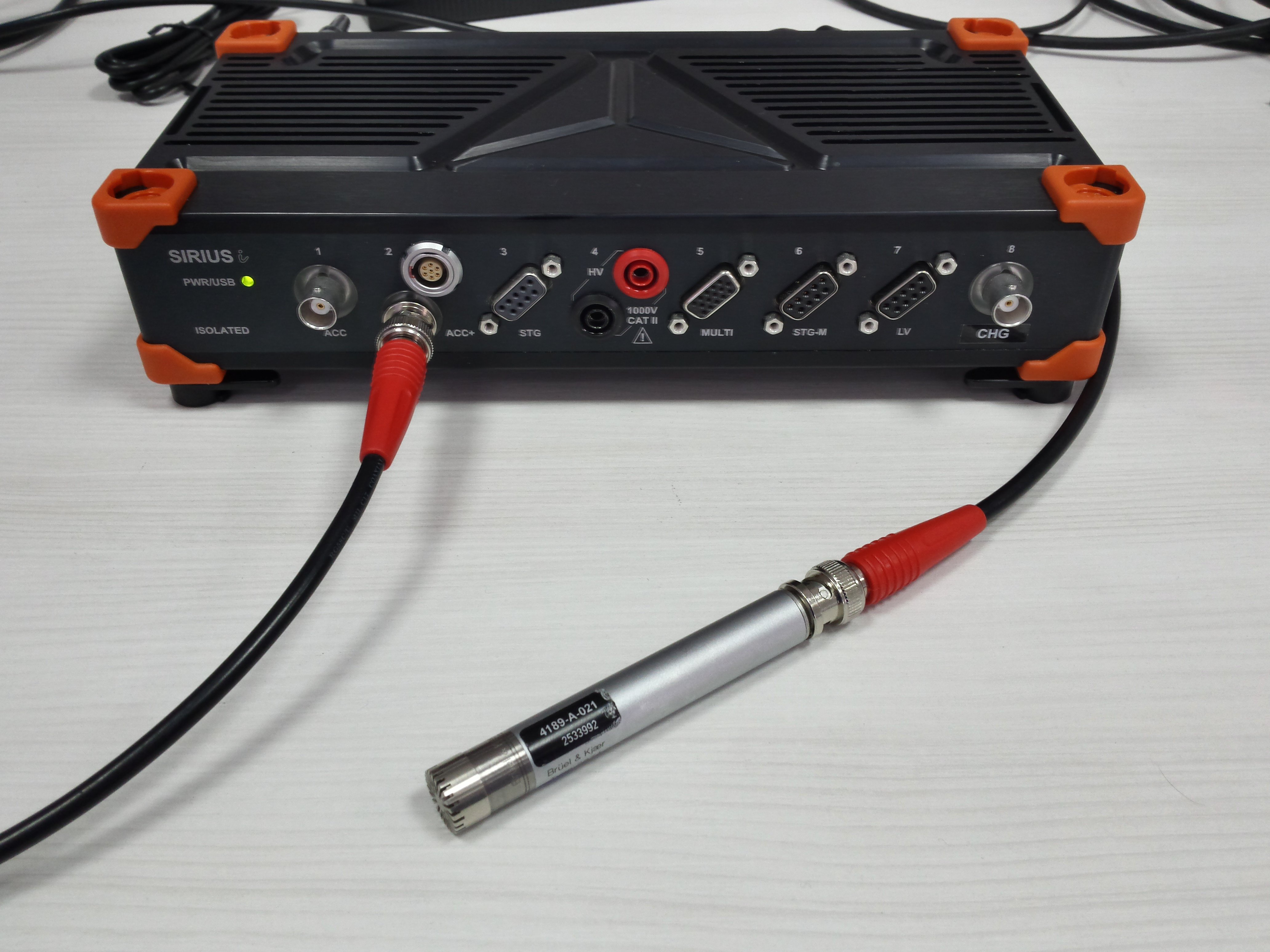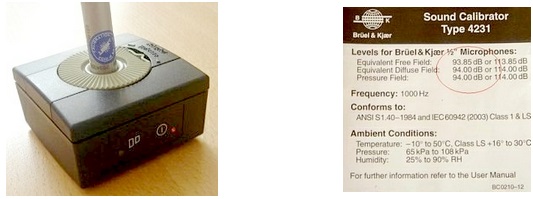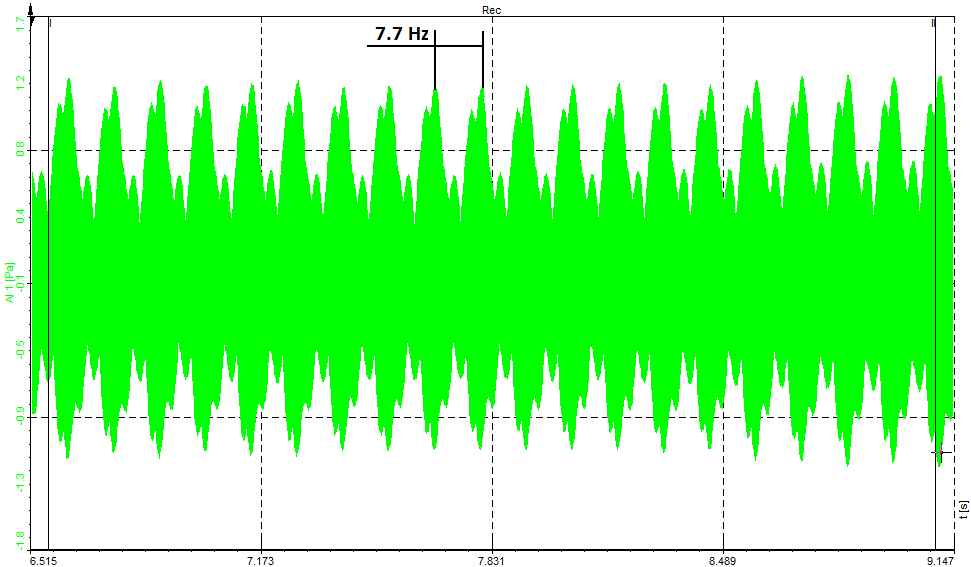Sound is a wave motion in the air or in other elastic media. It is caused by the objects vibrating at specific frequencies (loudspeakers, reeds, machinery).
If an air particle is displaced from its original position, elastic forces of the air tend to restore it to its original position. Because of the inertia of the particle, it overshoots the resting position, bringing into play elastic forces in the opposite direction, and so on. Sound is readily conducted in gases, liquids, and solids such as air, water, steel, concrete, and so on, which are all elastic media.
Sound cannot propagate without a medium - it propagates through compressible media such as air, water, and solids as longitudinal waves and also as transverse waves in solids. The sound waves are generated by a sound source (vibrating diaphragm or a stereo speaker), which creates vibrations in the surrounding medium. As the source continues to vibrate the medium, the vibrations are propagating away from the source at the speed of sound and are forming the sound wave. At a fixed distance from the sound source, the pressure, velocity, and displacement of the medium vary in time.
 Image 1: Propagation of a sound through media
Image 1: Propagation of a sound through media
Wavelength and frequency
In the picture below a sine wave is illustrated. The wavelength λ is the distance a wave travels in the time it takes to complete one cycle. A wavelength can be measured between successive peaks or between any two corresponding points on the cycle. This is also true for periodic waves other than the sine wave. The frequency f specifies the number of cycles per second, measured in hertz (Hz).
 Image 2: Wavelength and frequency
Image 2: Wavelength and frequency
Sound pressure
Sound pressure or acoustic pressure is the local pressure deviation from the ambient (average, or equilibrium) atmospheric pressure, caused by a sound wave. In the air, sound pressure can be measured using a microphone, and in water with a hydrophone. The SI unit for sound pressure p is the pascal (symbol: Pa).
Sound pressure level
Sound pressure level (SPL) or sound level is a logarithmic measure of the effective sound pressure of a sound relative to a reference value. It is measured in decibels (dB) above a standard reference level. The standard reference for the sound pressure in an air or other gases is 20 µPa, which is usually considered the threshold of human hearing (at 1 kHz). The following equation shows us how to calculate the Sound Pressure level (Lp) in decibels [dB] from sound pressure (p) in Pascal [Pa].

where pref is the reference sound pressure and pRMS is the RMS sound pressure being measured.
Most sound level measurements will be made relative to this level, meaning 1 pascal will equal an SPL of 94 dB. In other media, such as underwater, a reference level (pREF) of 1 µPa is used.
The minimum level of what the (healthy) human ear can hear is SPL of 0 dB, but the upper limit is not as clearly defined. While 1 bar (194 dB Peak or 191 dB SPL) is the largest pressure variation an undistorted sound wave can have in Earth's atmosphere, larger sound waves can be present in other atmospheres or other media such as underwater, or through the Earth.
 Image 3: Sound pressure level of different real-life scenarios
Image 3: Sound pressure level of different real-life scenarios
Ears detect changes in sound pressure. Human hearing does not have a flat frequency response relative to frequency versus amplitude. Humans do not perceive low- and high-frequency sounds, as well as they, perceive sounds near 2000 Hz. Because the frequency response of human hearing changes with amplitude, weighting curves have been established for measuring sound pressure. We will learn in this course how to make a measurement and how to "distort" the results that they will match with what the human ear is "measuring".

































